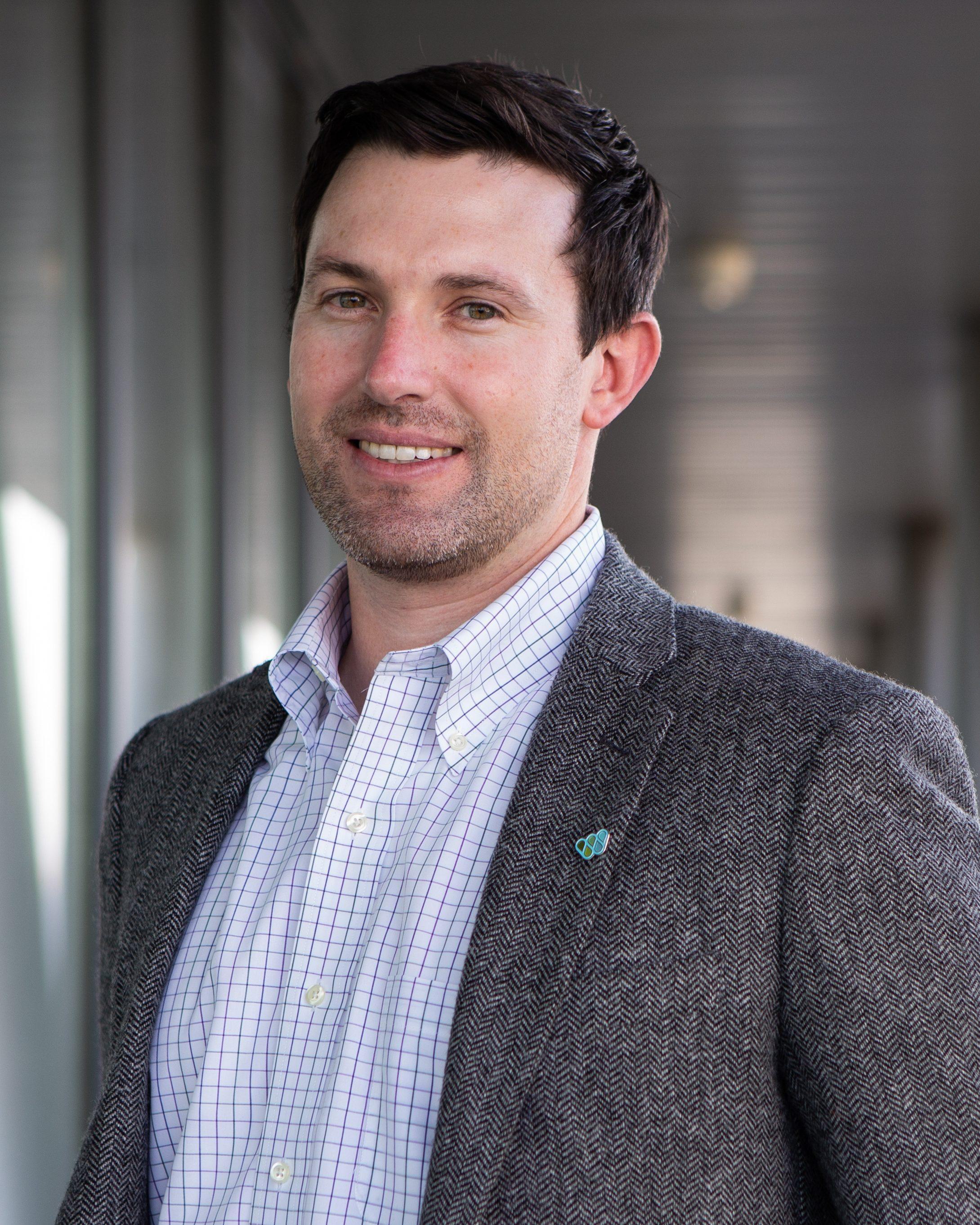Louisiana Coastal Protection and Restoration Authority
Lowermost Mississippi River Management Program Regional Sediment Management Below Venice
The Mississippi River has traditionally been managed separately in a partitioned manner, for navigation, flood risk reduction, and ecosystem restoration, but all three objectives require management of the same water and sediment. Large volumes of restoration-quality sand are dredged from the Mississippi River Ship Channel (MRSC) below Venice annually that could derive far greater benefits if placed along the barrier system instead of the existing disposal areas that are presently used. This high-level analysis intends to evaluate a specific opportunity that involves using the sand that is frequently removed from the Hopper Dredge Disposal Area (HDDA) to programmatically nourish the barrier islands and headlands along the Barataria Bight extending from Belle Pass in the west to Sandy Point in the east. While there are other opportunities to harvest restoration-quality sand from the Lowermost Mississippi River (LMR), the sand produced for HDDA cleanouts presents a unique opportunity that offers cost savings because, among other things, the dredge is already working there, it is cleared environmentally, and location in the LMR provides for sheltering from waves that in the open Gulf may limit production by up to 50%. The results of this analysis suggest that an approach that involves a federal-state partnership to programmatically direct sand dredged from HDDA cleanouts to manage the barrier shoreline of the Barataria Bight has potential cost savings compared to existing practices, provides a higher-quality sand resource that enhances benefits of barrier island restoration, and provides for a somewhat reliable, renewable sand resource in a regime where sand for barrier restoration is extremely scarce.
This report provides initial insights into the limiting questions surrounding utilizing sand produced from the HDDA during maintenance dredging to programmatically nourish the Barataria barrier shoreline over the long term.


